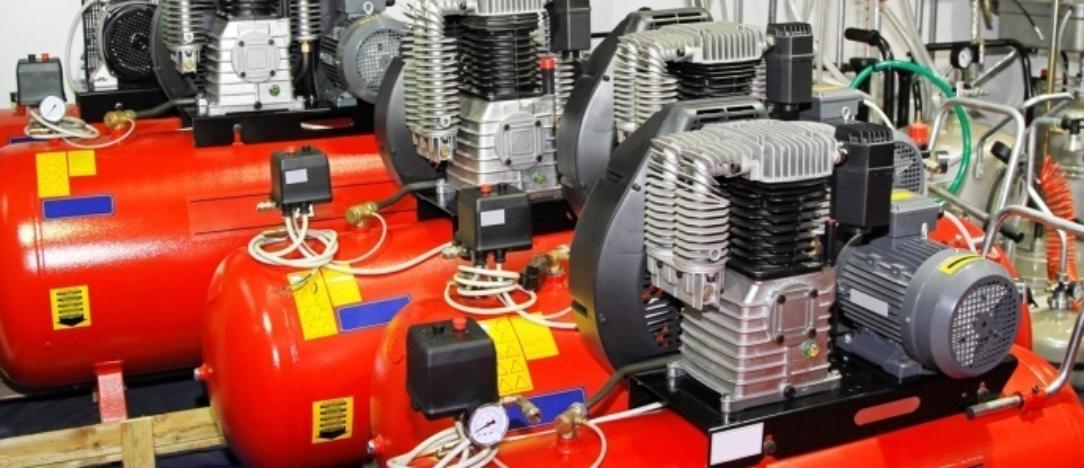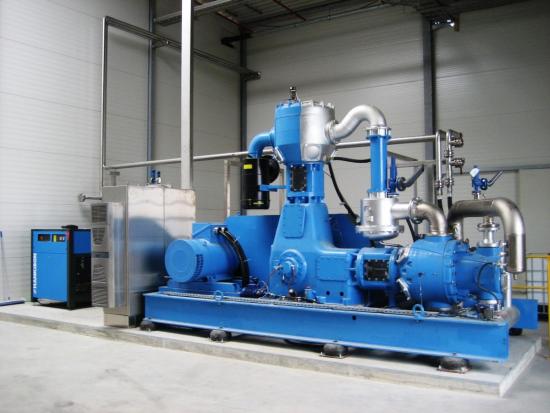
Air compressors give added boost to your power tools for a more polished, professional finish to your do it yourself projects. They also help industrial power equipment on job sites.
Air compressors are needed for a range of jobs, large and small:
- Woodworking and joinery projects
- Auto-body repairs and painting
- Arts and crafts
- Inflating Tires and balls used in games
An air compressor saves time and considerable effort in getting your projects done more efficiently. They help take the pressure off your hands and shoulders associated with operating most power tools.
So how exactly do you go about choosing an air compressor? Here are some factors to consider:
- Establish how much power you need operate your specific piece of equipment.
- Will you be working indoors or outdoors?
- Do you know how much air capacity is needed for your type of tool or job?
Understanding Air Compressors
Before you choose an air compressor, first seek to understand the logistics that make compressors work and how the air is used to power your tools.
This will give you a better guide in choosing the best compressor for your type of job.
Cubic Feet per Minute (CFM)
Each tool that connects to the air compressor will utilize its own cubic feet of air per minute. Ensure that you select the required capacity to ensure there's enough pressure for your machine to run efficiently.
The CFM also rotates the total capacity and show you how many tools you can operate with the compressor at the same time.
Larger tools like sanders and grinders and various types of heavy-duty equipment will require a higher CFM to run more efficiently. Other tools like wrenches need considerably less CFM ratings.
Pounds per Square Inch (PSI)
Each type of tool or machine you operate needs its own range of pounds per square inch of compressed air.
Smaller tools like spray guns need at least 50 psi, while a nail gun will require at least 90 psi. Some garage-type projects need as much as 135 psi.
Horsepower
Horsepower measures the compressor's motor and ranges between 1.5 to 500 hp, depending on the compressor’s size and design. High horsepower will obviously generate more CFM.
Types of Compressors
Before you choose an air compressor, check your manual to determine the amount of pressure and volume needed to power each tool. They operate either on rotary or screw pistons.
Heavy-duty equipment will need way more volume and pressure than smaller tools.
If your compressor is too small, you will lose valuable time re-filling the tank at intervals.
- Tank-less compressors usually run for longer periods, since they are smaller and emit less noise than those that require a tank.
- For inflating a tire or airbrushing, a portable compressor with at least 5 liters and an average 30 psi, can suffice.
Gas Compressors
Gas-powered compressors are best suited to outdoor projects. They are ideal for any project where you may not have access to electricity.
Bear in mind that gas compressors will add extra carrying capacity to your vehicle, and will impact on your gas mileage and speed.
Portable compressors are suited to jobs on construction sites, and jobs that need inflation.
Stationary Compressors
They are usually larger models and can normally provide more power than portable models. They also have higher CFM and psi output.
Electric Compressors
They are best suited to indoor projects. They help minimize the effects of humidity and moisture that accumulates on your equipment.
